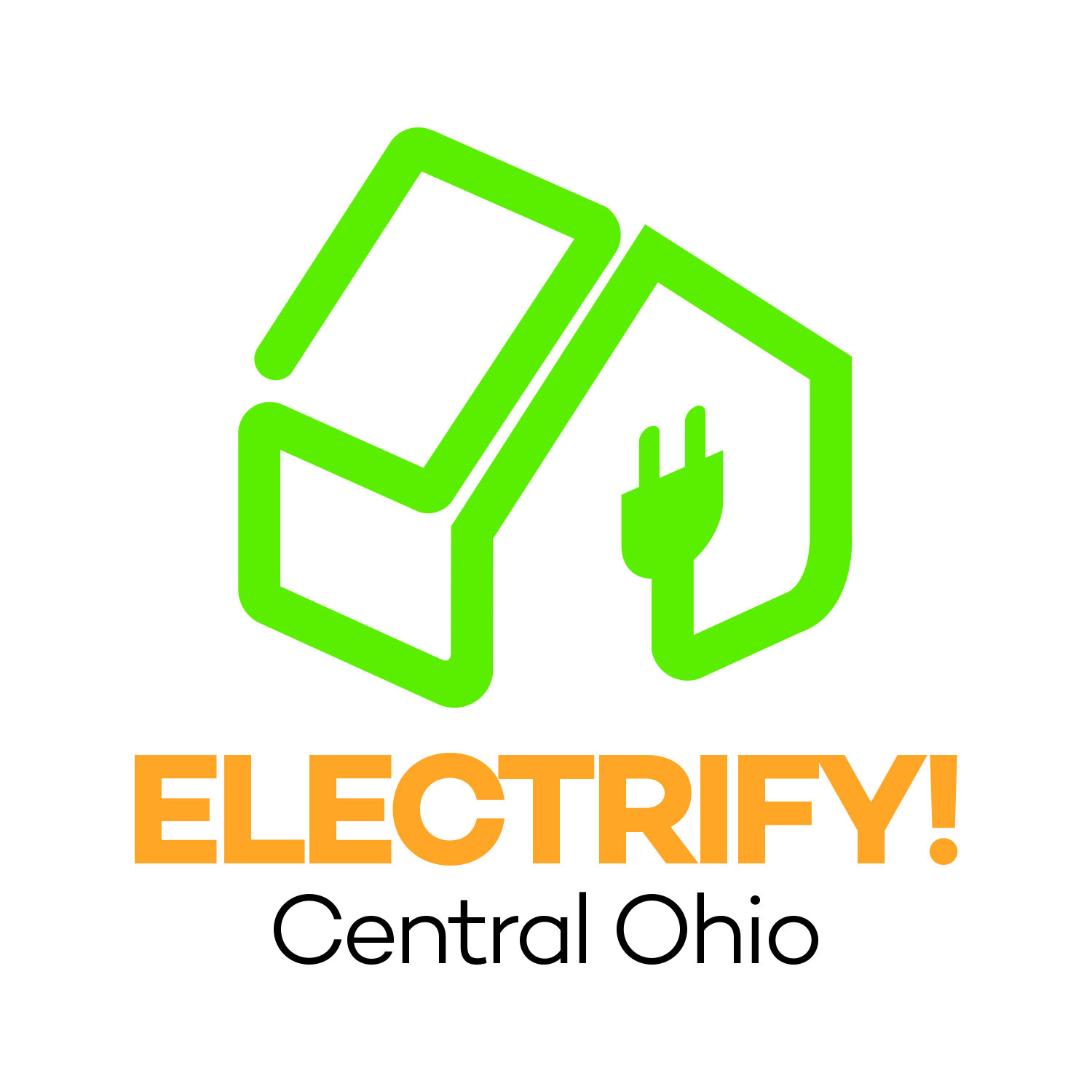What can I do to make the biggest impact in reducing my carbon footprint?
In recent years, scientists have performed countless analyses of what steps are necessary to reduce greenhouse gas emissions to sustainable levels and stop the progress of climate change. The results? Among the key measures that individuals can undertake directly is home electrification.
By phasing out fossil fuel use in favor of cleaner electricity sources for car transportation, home heating and hot water, and other significant components of energy consumption in the United States, we can significantly decrease the amount of climate-causing emissions associated with our personal energy use. In fact, as we explain below, residential households and drivers in Ohio are the direct source of almost 30% of the state’s greenhouse gas emissions — which means we can take concrete action to reduce or eliminate those emissions by transitioning to low-carbon or carbon-free electricity to power our daily lives.
An evaluation by Project Drawdown, a non-profit research organization focused on identifying the most impactful global climate solutions, shows that household and individual actions worldwide can produce about 25-30% of the total emissions reductions needed to limit the adverse effects of climate change to manageable levels. Among the top 20 measures they identify, seven of them – home solar, insulation, LED lighting, electric and hybrid cars, efficient electric heat pumps for home and hot water, smart thermostats, and electric bicycles – are actions that you can take as part of transitioning your personal energy use off fossil fuels.
You may be wondering if that global analysis is applicable to your life here in Ohio? It is. The Ohio Environmental Protection Agency produced a 2024 climate resiliency plan including a statewide GHG inventory detailing the major sources of emissions in Ohio. Of the state’s 245 million metric tons of CO2e (carbon dioxide equivalent) emissions in 2019, 28 million metric tons – about 11.4% -- came from passenger cars burning gasoline.
Another 44 million metric tons – about 18% -- is associated with fuel combustion or electricity use in residential buildings:
That means, as residential energy users in Ohio, we’re directly responsible for almost 30% of the state’s greenhouse gas emissions.
The good news is, that by switching to clean energy technologies that are available today for our homes and travel, we have the potential to significantly reduce – or even zero out – those greenhouse gas emissions, and take a big step toward getting Ohio on a more sustainable climate path going forward. And Electrify Central Ohio can help, please reach out to find out how!



